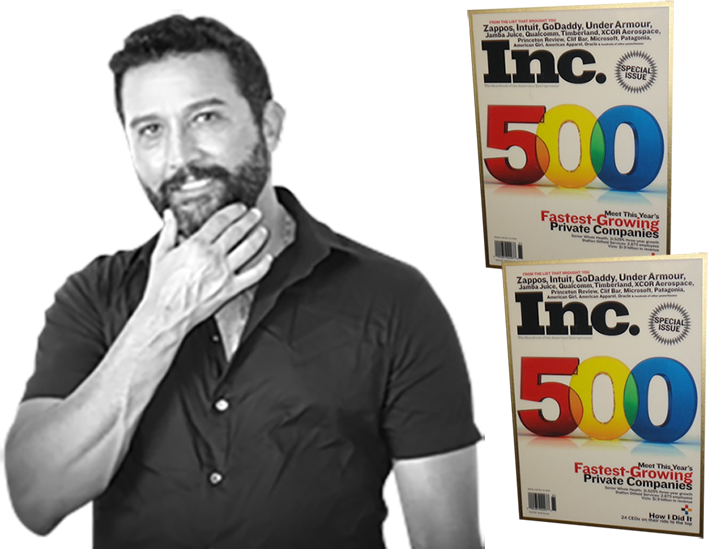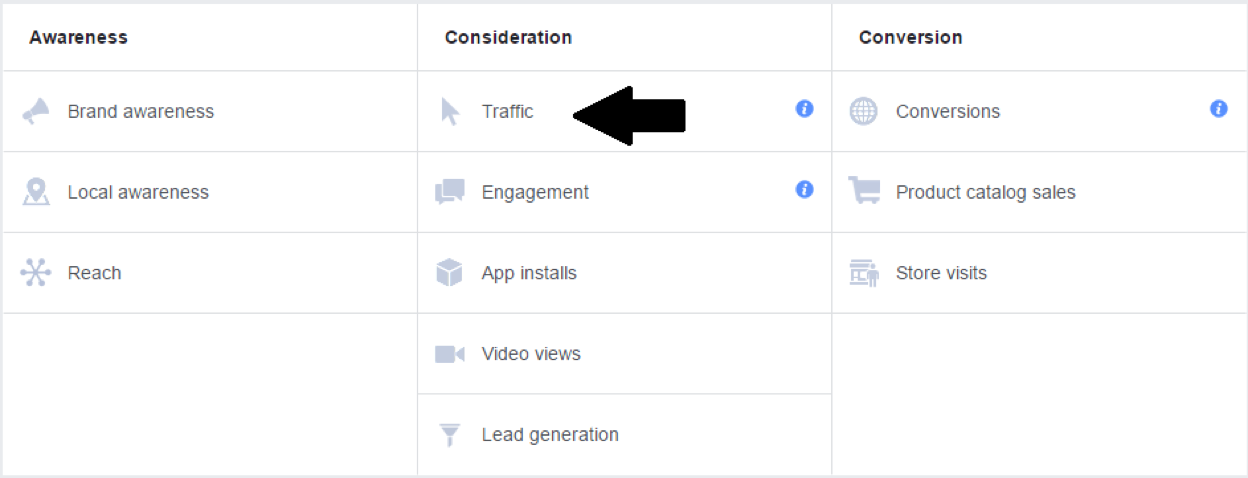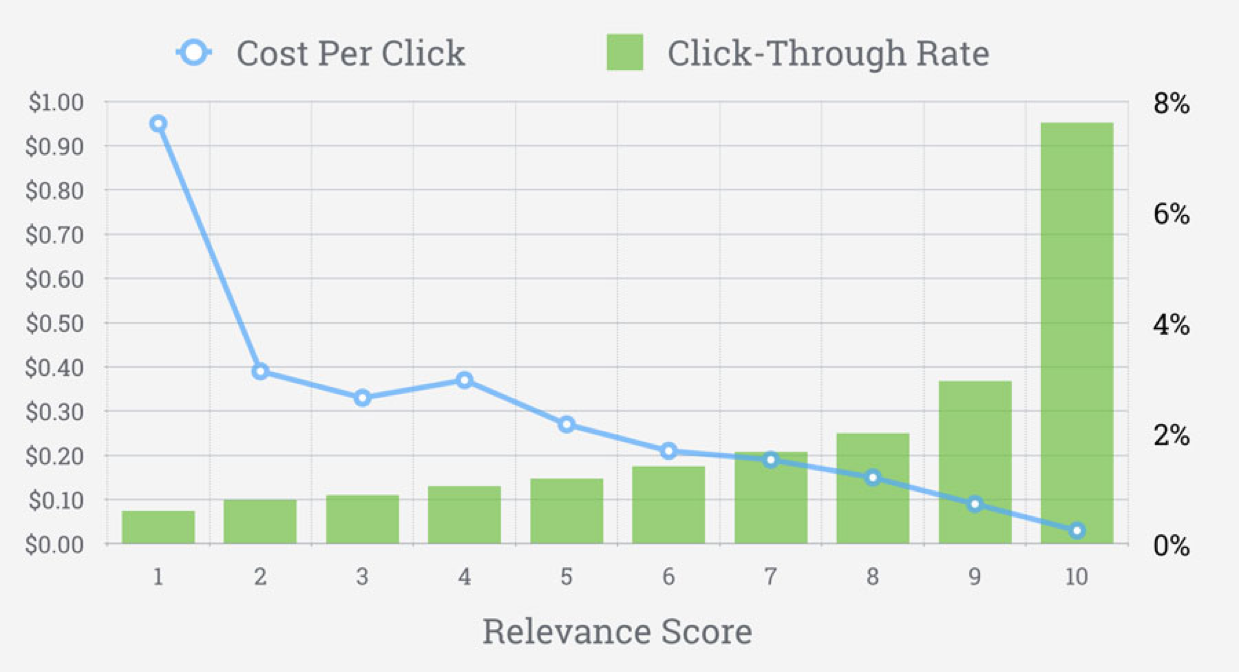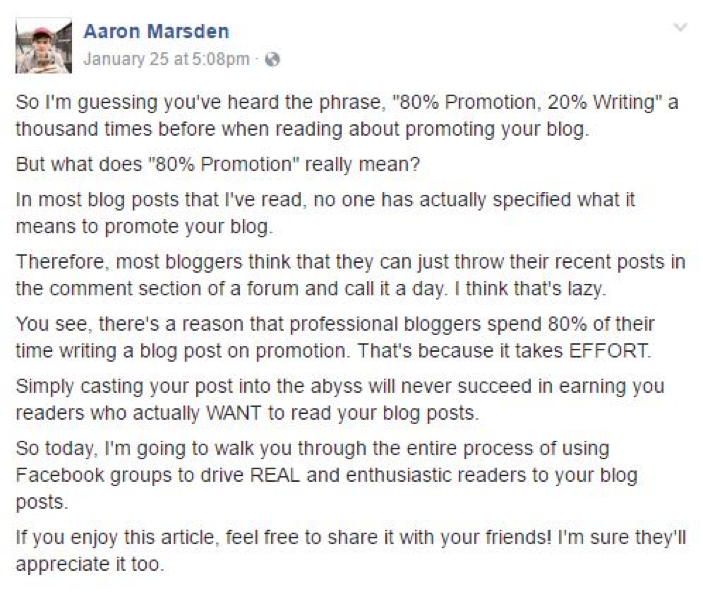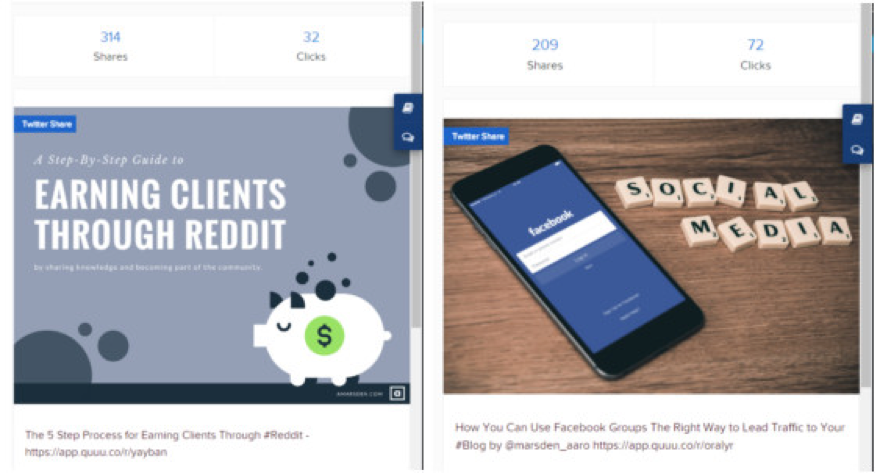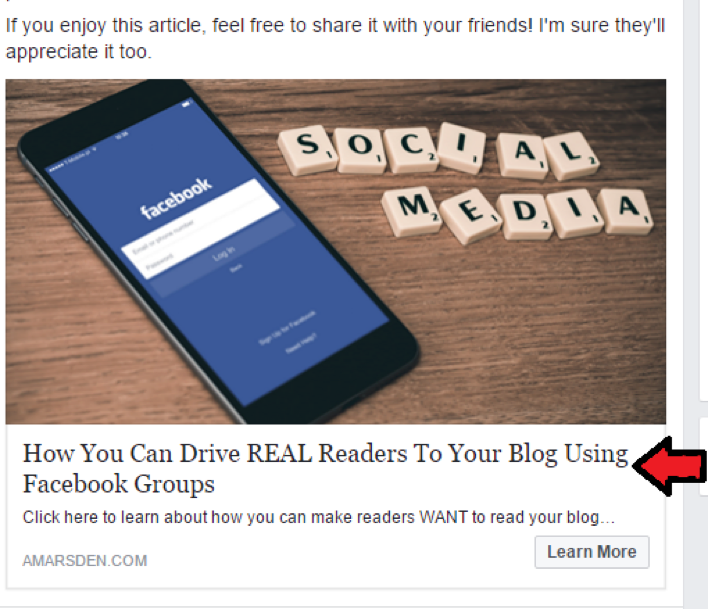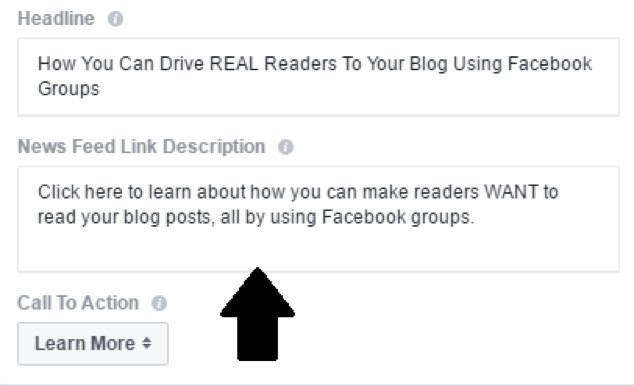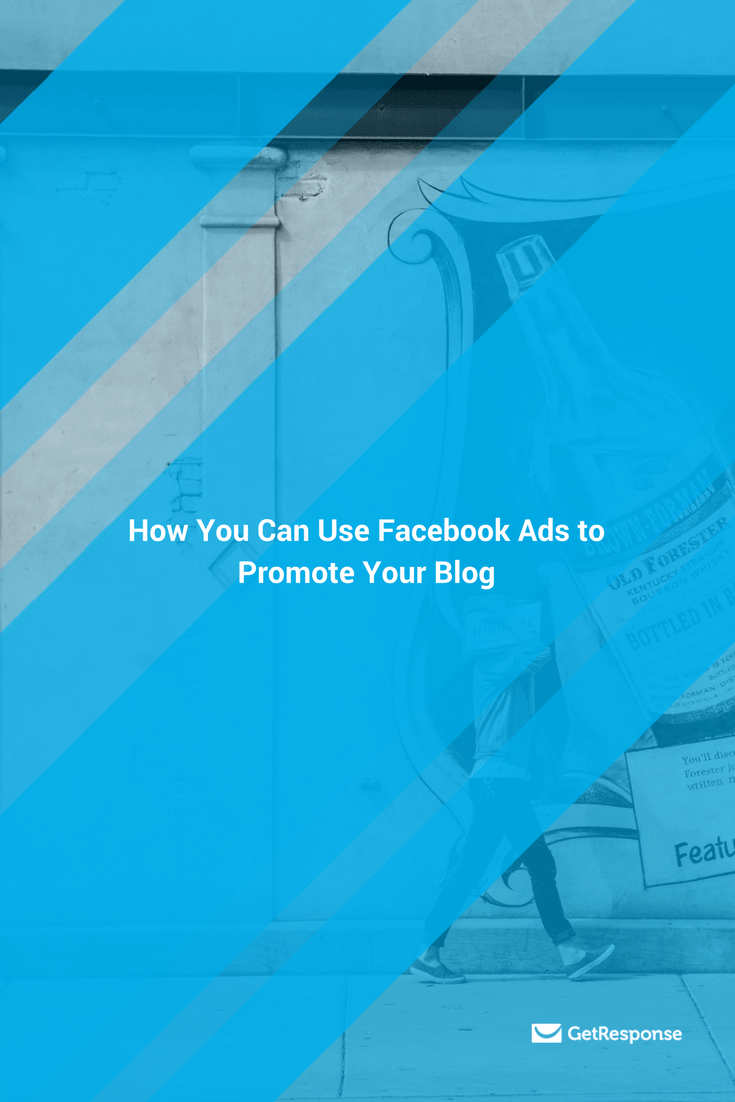In November 2016, without too much fanfare, Twitter launched a marketing automation tool which could be something of a game changer for social media support. The tool that Twitter launched was a bot designed to answer low-level customer service questions and filter clients towards the right department for support. It doesn’t sound like much, but it does represent a paradigm shift for the platform and social media in general.
Twitter used to be all about the human interaction. Quick-fire debating, discussing of topics, and rapid transfer of information was the raison d’être of the channel. Now, the social media giant has shown that it is serious about the possibilities presented by automation.
Of course, this is not such a bad thing. Those imagining customer service departments staffed solely by intelligent machines are seriously wide of the mark. Instead, Twitter is introducing a tool which the vast majority of us already employ – either in out-of-office emails or in live chat support functions hosted on company websites. There is no reason to be alarmed.
However, it does beg the question; how much marketing automation is too much? Are there parts of business to which automation should be barred? Or can automation benefit each and every department?
Exercising Caution
We understand the benefits of marketing automation and the wide-ranging advantages it provides to business, but not everyone is so optimistic about its future. AJ Agrawal, writing for Entrepreneur.com, is particularly cautious.
Writing in August 2016, he warned against using marketing automation to support a lazy approach to business. Automated tools are designed to support productivity and effort, not replace it. For example, marketing automation can handle fiddly lead scoring tasks, enabling you to use your creative talents elsewhere within your organization.
AJ Agrawal also cautions against the wholesale replacement of humans with robots and automated devices. He argued that this leads to a substandard level of communication across the board. Marketers adopting this approach will be connecting with leads and customers on an omni-channel level, but they will not be sufficiently meeting their needs.
The technology is just not sophisticated enough. Contacts will, AJ explains, see through such comprehensive automation and be turned off altogether.
Automated and Natural Communication in Partnership
The view put forward by AJ Agrawal is a valid one and he is certainly correct to an extent, although it is a little bleak. Reaching prospects and clients is often a time and resource-consuming exercise, particularly now that the number of potential channels for connection is increasing. However, it is difficult to imagine any serious marketer abandoning human support and one-to-one interaction altogether.
I cannot think of a single example in which this has happened and the outcomes have been positive. Instead, most savvy marketers are using the two forms of communication in partnership, but even this requires something of a balancing act.
Twitter has only recently introduced this bot function for customer service agent automation, but this is not the first automated tool to be launched on the social media platform. Users can already schedule tweets or tweet templates to launch at key moments, slightly reducing the workload and pressure placed upon marketing and service teams.
Automating social media does have risks – and getting the balance between automated or scheduled and human interaction. Tweeting during times of tragedy looks insensitive at best. And a scheduled tweet happening at a bad time – like a hardware store advertising during an unpredicted natural disaster — can make the company look like it is trying to capitalize on people’s suffering and misfortune.
The Light Touch
The fact of the matter is, we do not yet have the appropriate resources or capability to introduce marketing automation wholesale across our businesses. In this sense, there is such a thing as too much automation. What is needed instead is a light touch; automated processes supporting manual and human ones, and facilitating more effective responses.
For each and every automated protocol we implement, the end result should be to make life easier for our human marketing and service teams, giving them the opportunity to do their jobs more efficiently and with greater efficacy.
Our automated strategies must be considered; they must work in harmony with all other aspects of business. By adopting this approach, we can ensure that our efforts are concerted and that our organizations become slick, well-oiled machines, with each individual component working together to achieve a greater aim.
However, there is no one set ‘correct’ answer to this conundrum. There is always room to maneuver.
What do you think?
How much automation is too much? What side of the balance does your business fall on? Share your thoughts in the comments.
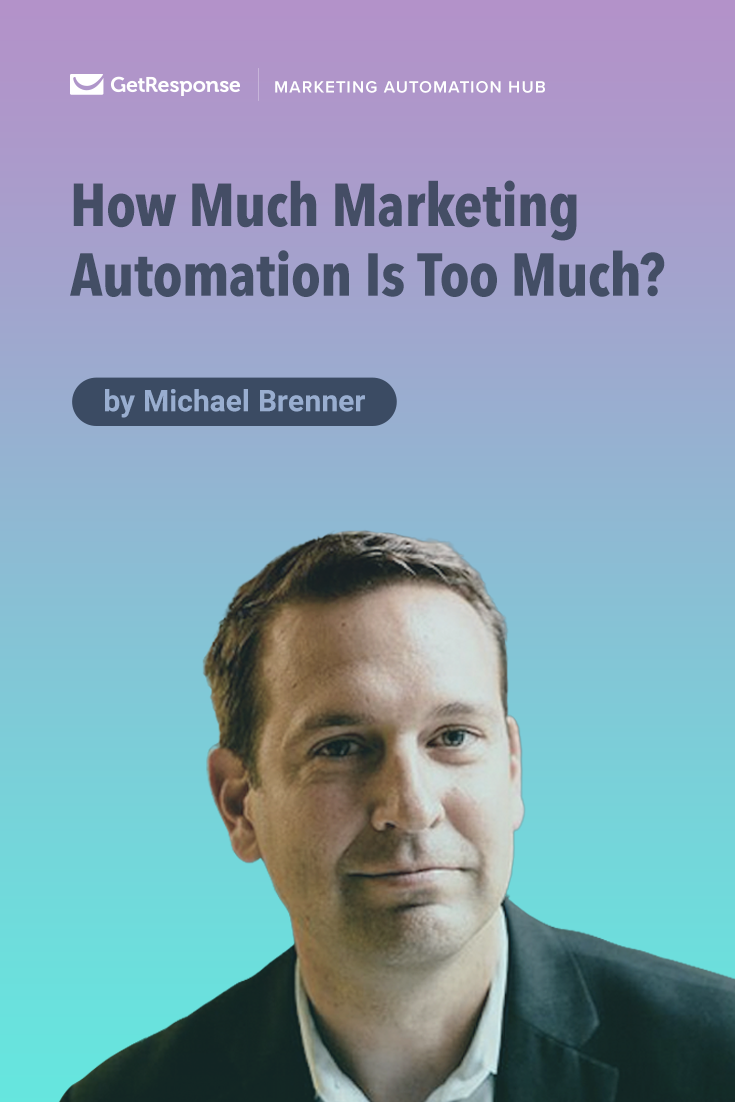
Related posts
The post How Much Marketing Automation Is Too Much? appeared first on GetResponse Blog – Online Marketing Tips.

